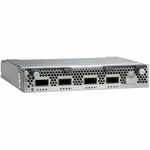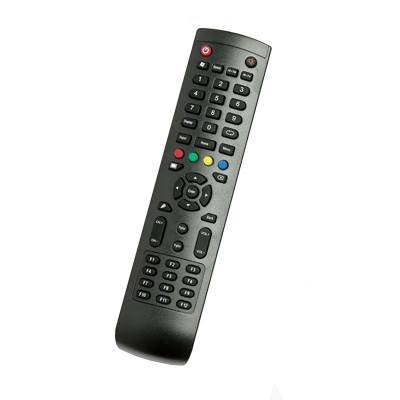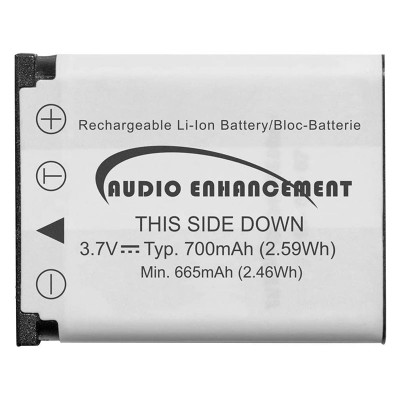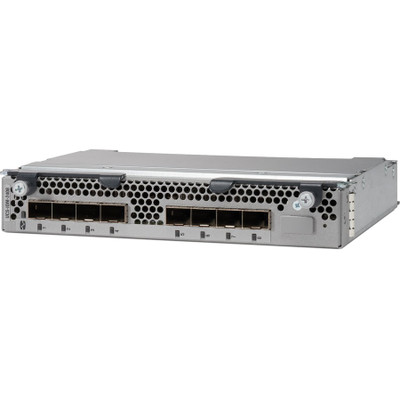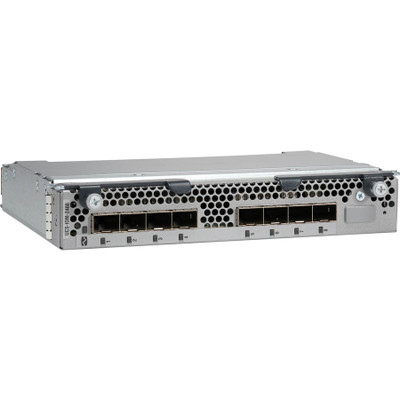Cisco Unified Computing System overview
The Cisco Unified Computing System™ (Cisco UCS™) is a next-generation data center platform that unites computing, network, storage access, and virtualization resources into a cohesive system designed to reduce Total Cost of Ownership (TCO) and increase business agility. The system integrates a low-latency, lossless 40 Gigabit Ethernet unified network fabric with enterprise-class, x86-architecture servers. The system is an integrated, scalable, multichassis platform in which all resources participate in a unified management domain.
Product overview
Cisco UCS 2304 Fabric Extender brings the unified fabric into the blade server enclosure, providing Gigabit Ethernet connectivity between the blade servers and the fabric interconnect, simplifying diagnostics, cabling, and management. It is a third-generation I/O Module (IOM) that shares the same form factor as the second-generation Cisco UCS 2200 Series Fabric Extenders and is backward compatible with the shipping Cisco UCS 5108 Blade Server Chassis.
The Cisco UCS 2304 connects the I/O fabric between the Cisco UCS 6300 Series Fabric Interconnects and the Cisco UCS 5100 Series Blade Server Chassis, enabling a lossless and deterministic Fibre Channel over Ethernet (FCoE) fabric to connect all blades and chassis together. Because the fabric extender is similar to a distributed line card, it does not perform any switching and is managed as an extension of the fabric interconnects. This approach removes switching from the chassis, reducing overall infrastructure complexity and enabling Cisco UCS to scale to many chassis without multiplying the number of switches needed, reducing TCO and allowing all chassis to be managed as a single, highly available management domain.
The Cisco UCS 2304 also manages the chassis environment (power supply, fans, and blades) in conjunction with the fabric interconnect. Therefore, separate chassis management modules are not required.
Cisco UCS 2304 Fabric Extenders fit into the back of the Cisco UCS 5100 Series chassis. Each Cisco UCS 5100 Series chassis can support up to two fabric extenders, allowing increased capacity and redundancy.
- Cisco Data Center Virtual Machine Fabric Extender (VM-FEX) technology: Helps enable a consistent operational model between virtual and physical environments; Provides the same level of network visibility for virtualized and nonvirtualized environments; Improves diagnostic and troubleshooting capabilities in a virtual environment; Simplifies network and security policy enforcement when migrating virtual machines from one host to another
- Systemwide bandwidth management: Helps enable consistent and coherent Quality-of-Service (QoS) management throughout the system
- Priority Flow Control (PFC): Simplifies management of multiple traffic flows over a single network link; Supports different classes of service, allowing both lossless and classic Ethernet on the same fabric
- Lossless fabric: Provides a reliable, robust foundation for unifying LAN and SAN traffic on a single transport
- Environmental monitoring: Removes the need for chassis management modules
- Scalable bandwidth: Reduces TCO by optimizing overall system capacity to match actual workload demands
- Automatic failover: Increases availability with an active/active data plane
- Unified fabric: Decreases TCO by reducing the number of Network Interface Cards (NICs), Host Bus Adapters (HBAs), switches, and cables needed; Transparently encapsulates Fibre Channel packets into Ethernet
- Autoconfiguration: Simplifies operation by automatically synchronizing firmware levels between the fabric extenders and the interconnects
- Management by Cisco UCS Manager: Reduces TCO by removing management modules from the chassis, making the chassis stateless; Provides a single, highly available management domain for all system chassis, reducing administrative tasks


